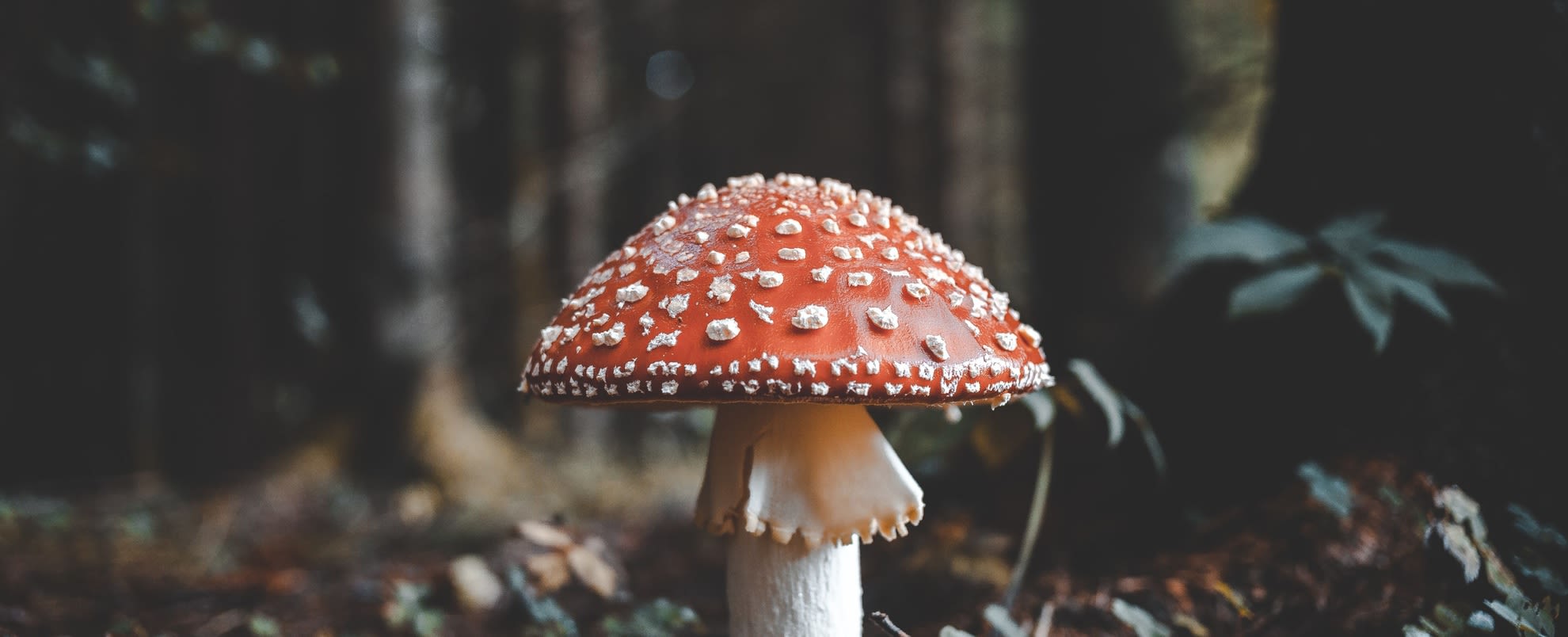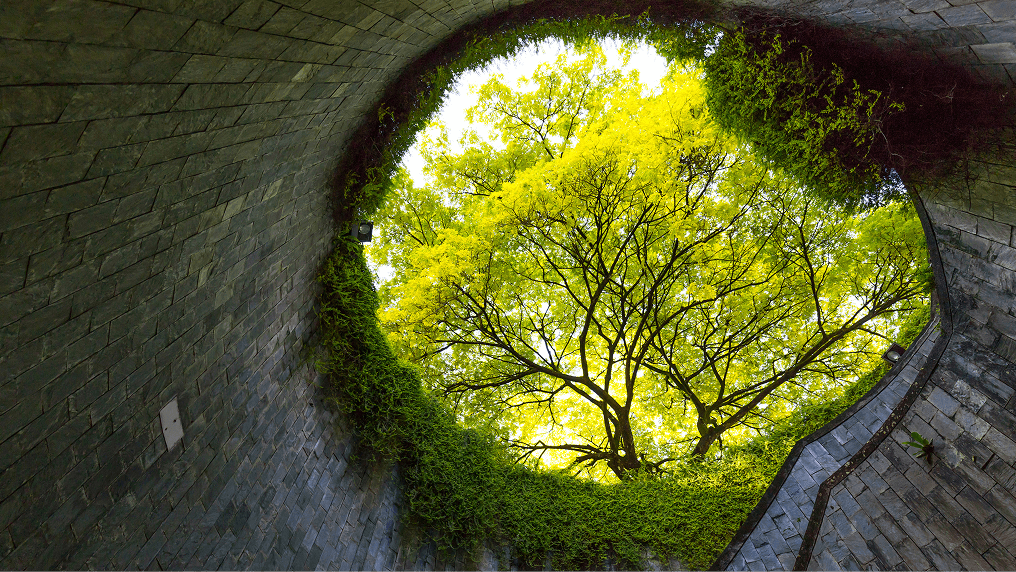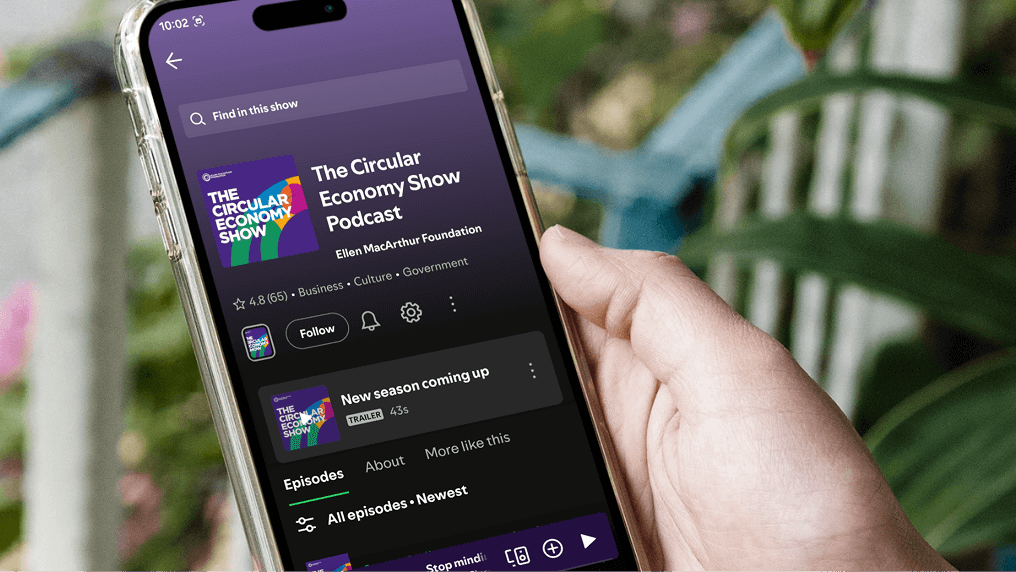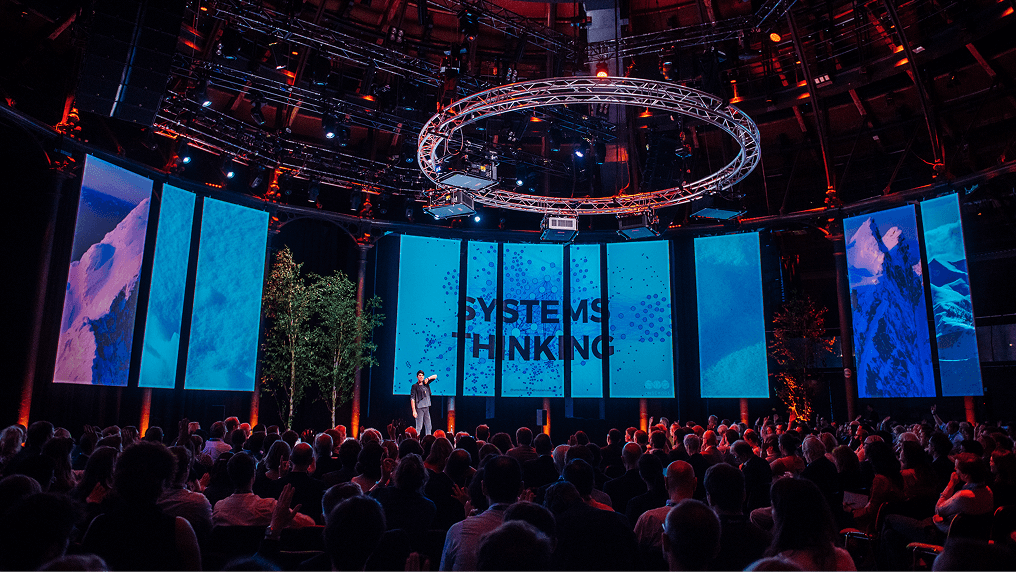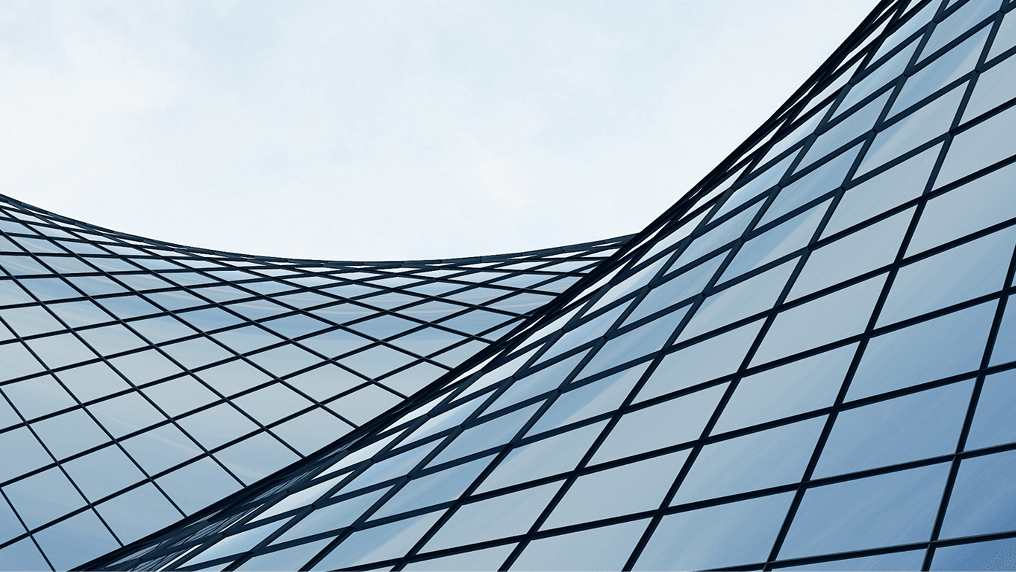A circular economy is a systemic approach to economic development designed to benefit businesses, society, and the environment. In contrast to the ‘take-make-waste’ linear model, a circular economy is regenerative by design and aims to gradually decouple growth from the consumption of finite resources.
After defining what an economy actually is, this deep dive explores the nuances of the concept of a circular economycircular economyA systems solution framework that tackles global challenges like climate change, biodiversity loss, waste, and pollution. It is based on three principles, driven by design: eliminate waste and pollution, circulate products and materials (at their highest value), and regenerate nature., including the difference between biological and technical materials, the different opportunities that exist to keep materials and products in use, and the history of the idea. Finally, the benefits of shifting from a linear to a circular economy are highlighted.
What is the economy?
To understand the circular economy we first need to understand what an economy actually is.
In this video, Ken Webster takes us right back to the basics of what an economy is.
The circular economy
An economy that is restorative and regenerative by design.
In a circular economy economic activity builds and rebuilds overall system health. The concept recognises the importance of the economy needing to work effectively at all scales – for big and small businesses, for organisations and individuals, globally and locally.
It is based on three principles:
Eliminate waste and pollution
Circulate products and materials
Regenerate nature

Eliminate waste and pollution
What if waste and pollution were never created in the first place?
A circular economy reveals and designs out the negative impacts of economic activity that cause damage to human health and natural systems. This includes the release of greenhouse gases and hazardous substances, the pollution of air, land, and water, as well as structural waste such as traffic congestion.
For more on this principle, read this guide.
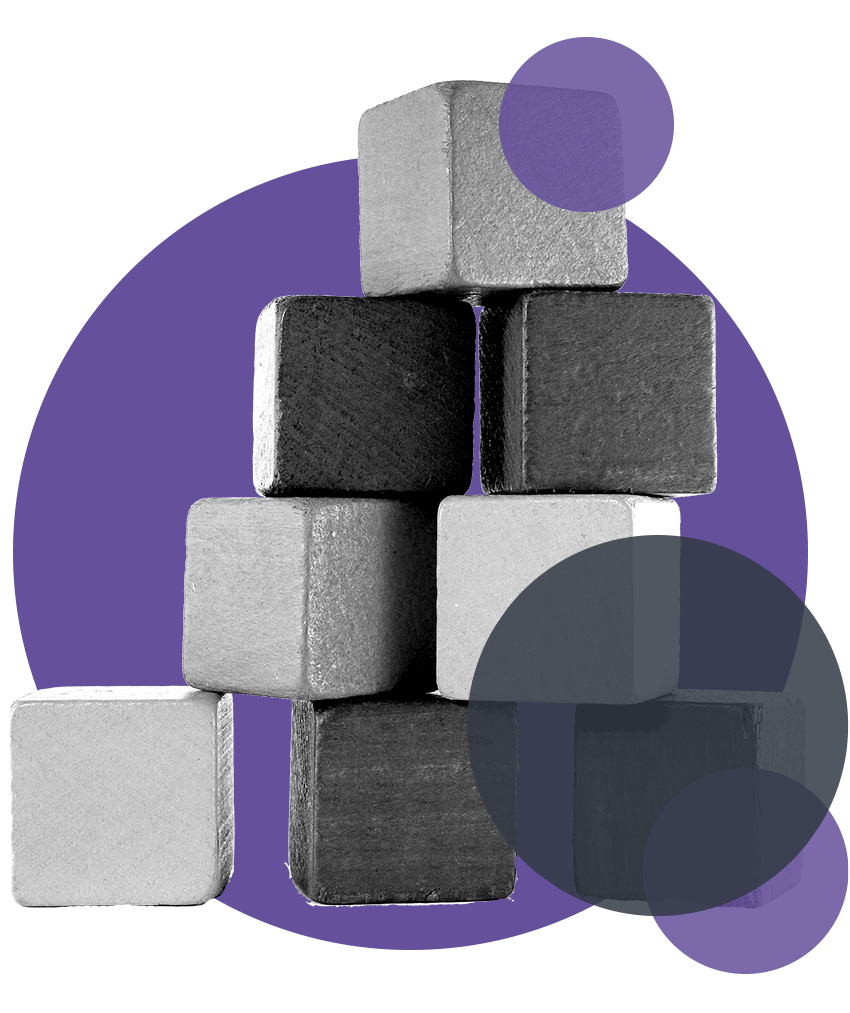
Circulate products and materials
What if we could build an economy that uses things rather than uses them up?
A circular economy favours activities that preserve value in the form of energy, labour, and materials. This means designing for durability, reuse, remanufacturing, and recycling to keep products, components, and materials circulating in the economy.
Circular systems make effective use of bio-based materials by encouraging many different uses for them as they cycle between the economy and natural systems.
For more on this principle, read this guide.

Regenerate nature
What if we could not only protect, but actively improve the environment?
A circular economy avoids the use of non-renewable resources and preserves or enhances renewable ones, for instance by returning valuable nutrients to the soil to support regeneration, or using renewable energy as opposed to relying on fossil fuels.
For more on this principle, read this guide.
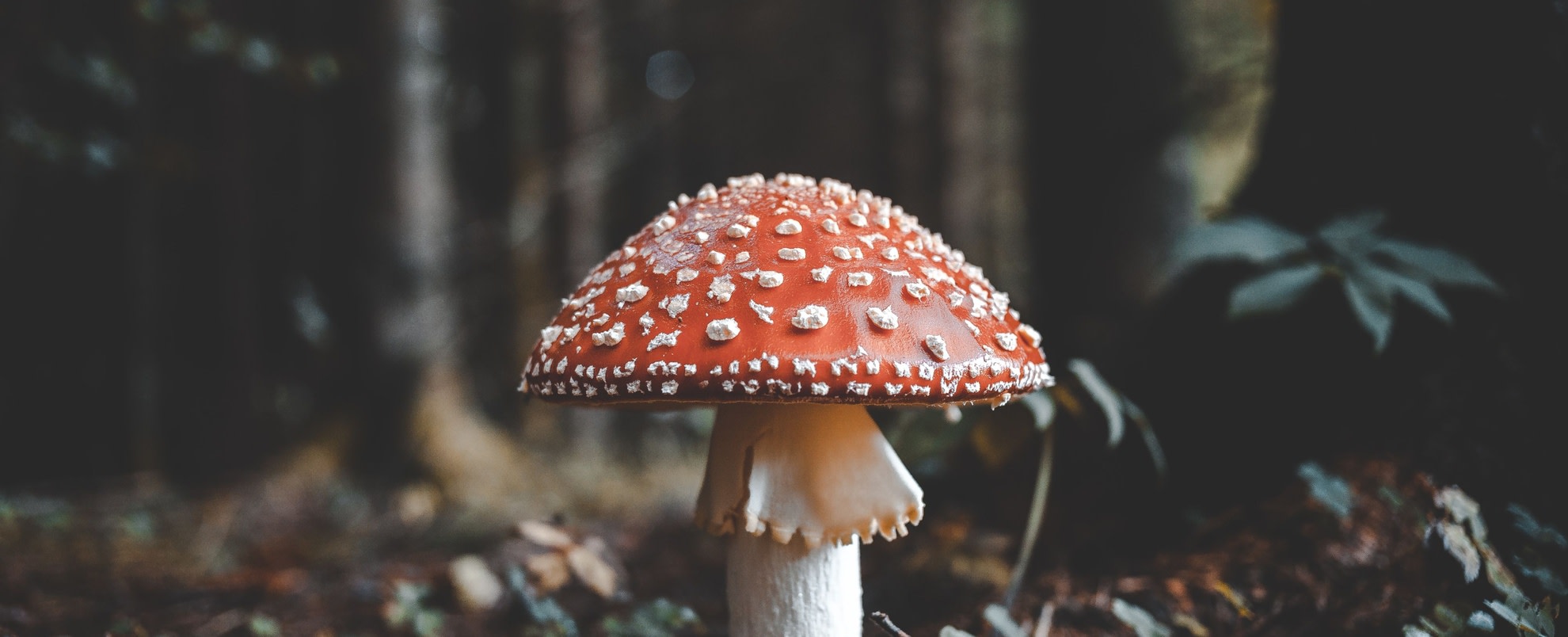
Pause for thought
Having just learnt the three principles of the circular economy, how would you describe the principles that underpin the current, linear economy?
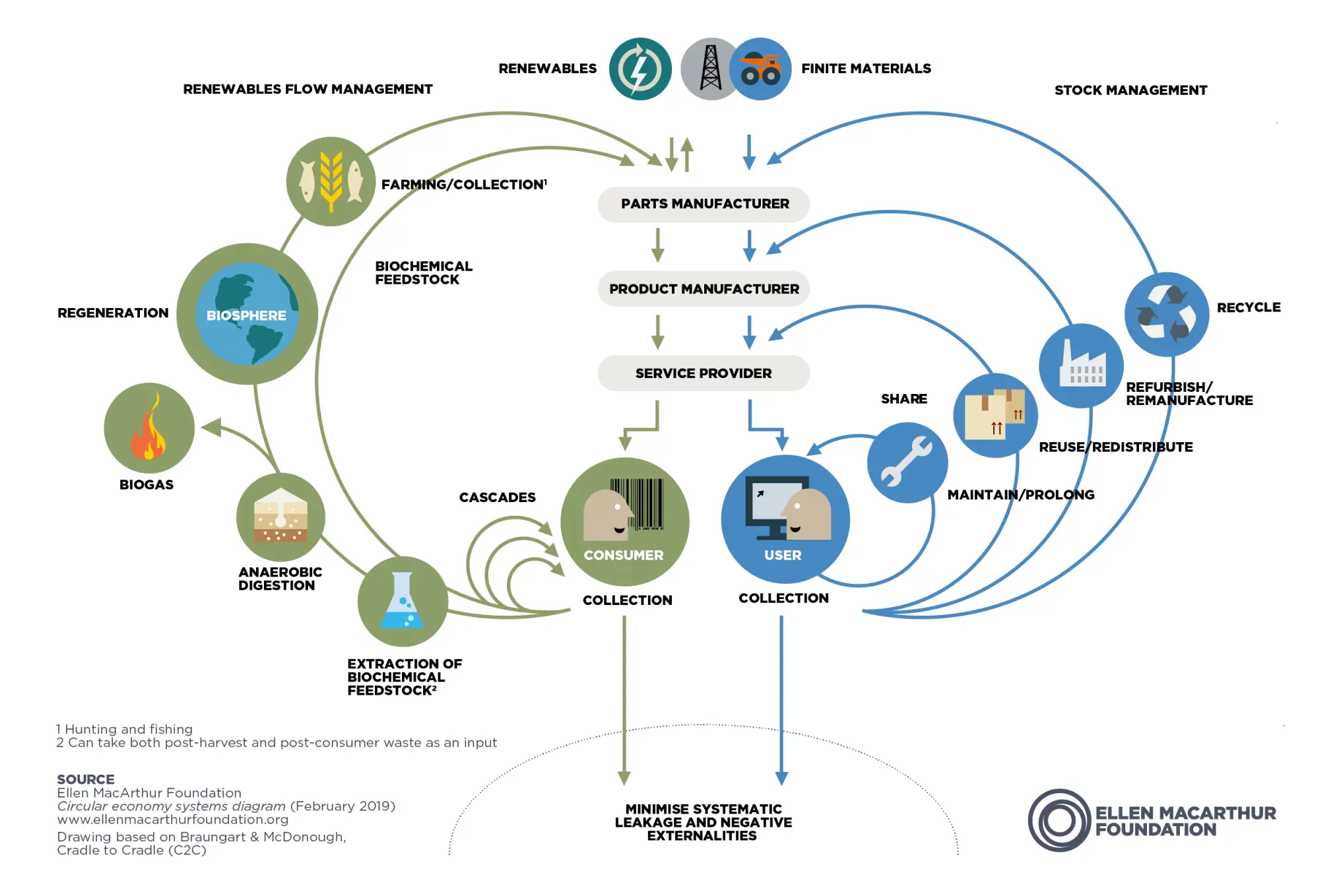
At the Ellen MacArthur Foundation we have tried to capture the essence of the circular economy in the diagram above, which is somewhat understandably nicknamed the ‘butterfly diagram’.
The diagram tries to capture the flow of materials, nutrients, components, and products, whilst adding an element of financial value. It builds on several schools of thought, but is perhaps most recognisably influenced by Cradle to Cradle’s two material cycles.
A few definitions:
Maintain/prolong (and share)
This innermost loop of the technical cycletechnical cycleThe processes that products and materials flow through in order to maintain their highest possible value at all times. Materials suitable for these processes are those that are not consumed during use - such as metals, plastics and wood. shows the strategy of keeping products and materials in use by prolonging their lifespan for as long as possible through designing for durabilitydurabilityThe ability of a product, component or material to remain functional and relevant when used as intended. as well as maintenance and repairrepairOperation by which a faulty or broken product or component is returned back to a usable state to fulfil its intended use.. These longer-lasting products can then be shared amongst users who are able to enjoy access to the service they provide, removing the need to create new products.
Take a look here at the technical cycle of the butterfly diagram.
Reuse/redistribute
Technical products and materials can also be reused multiple times and redistributed to new users in their original form or with little enhancement or change. Marketplaces such as eBay are proof of this already well-established approach.
Refurbish/remanufacture
Remanufacturing and refurbishment are two similar, yet slightly different, processes of restoring value to a product. When a product is remanufactured it is disassembled to the component level and rebuilt (replacing components where necessary) to as-new condition with the same warranty as a new product. Refurbishment is largely a cosmetic process whereby a product is repaired as much as possible, usually without disassembly and the replacement of components.
Recycle
Recycling is the process of reducing a product all the way back to its basic material level, thereby allowing those materials (or a portion of them at least) to be remade into new products. While this is undoubtedly an important process in a circular economy, the loss of embedded labour and energy, the necessary costs to remake products entirely, and the inevitable material losses mean that it is a lower value process than those closer to the centre of the system diagram, such as reusereuseThe repeated use of a product or component for its intended purpose without significant modification. and remanufacturing.
Cascades
This loop, within the biological cyclebiological cycleThe processes - such as composting and anaerobic digestion - that together help to regenerate natural capital. The only materials suitable for these processes are those that can be safely returned to the biosphere., refers to the process of putting used materials and components into different uses and extracting, over time, stored energy and material order. Along the cascade, this material order declines until the material ultimately needs to be returned to the natural environment as nutrients. A cascade, for example, might be a pair of cotton jeans being turned into furniture stuffing and then into insulation material before being anaerobically digested so that it may be returned to the soil as nutrients.
Take a look here at the biological cycle of the butterfly diagram.
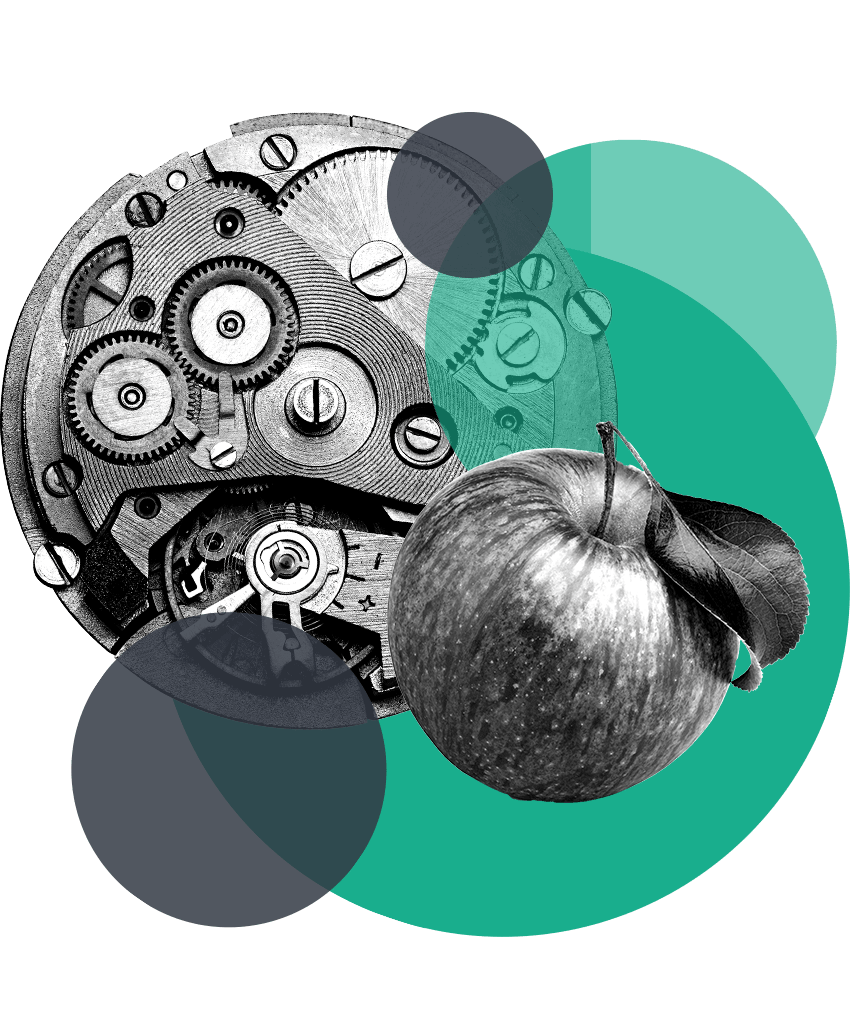
Biological and technical material flows
Can a material safely re-enter the natural world?
The first thing that most people notice about the butterfly diagram is the separation into two distinct halves, or cycles, which represent two fundamentally distinct flows of material: biological and technical.
Biological materials – represented in green cycles on the left side of the diagram – are those materials that can safely re-enter the natural world, once they have gone through one or more use cycles, where they will biodegrade over time, returning the embedded nutrients to the environment.
Technical materials – represented in blue on the right hand side – cannot re-enter the environment. These materials, such as metals, plastics, and synthetic chemicals, must continuously cycle through the system so that their value can be captured and recaptured.

Access versus ownership
Do we consume products or use them?
One particular subtlety of the diagram is the distinction between consumers and users. In a circular economy, biological materials are the only ones that can be thought of as consumable, while technical materials are used. It makes no sense to say that we consume our washing machines and cars in the same way that we consume food. This is a subtle, but important distinction in how we view our relationship to materials.
Further to this, it raises questions about the necessity of owning products in the way that we traditionally do. What benefit is there in owning a drill when you just want to put holes in your wall to hang a picture? It is access to the service a product provides that is important, rather than the product itself. Understanding this shift in mindset lays the groundwork to many of the practicalities of shifting our economy from linear to circular.
Take a look here for more on this topic.
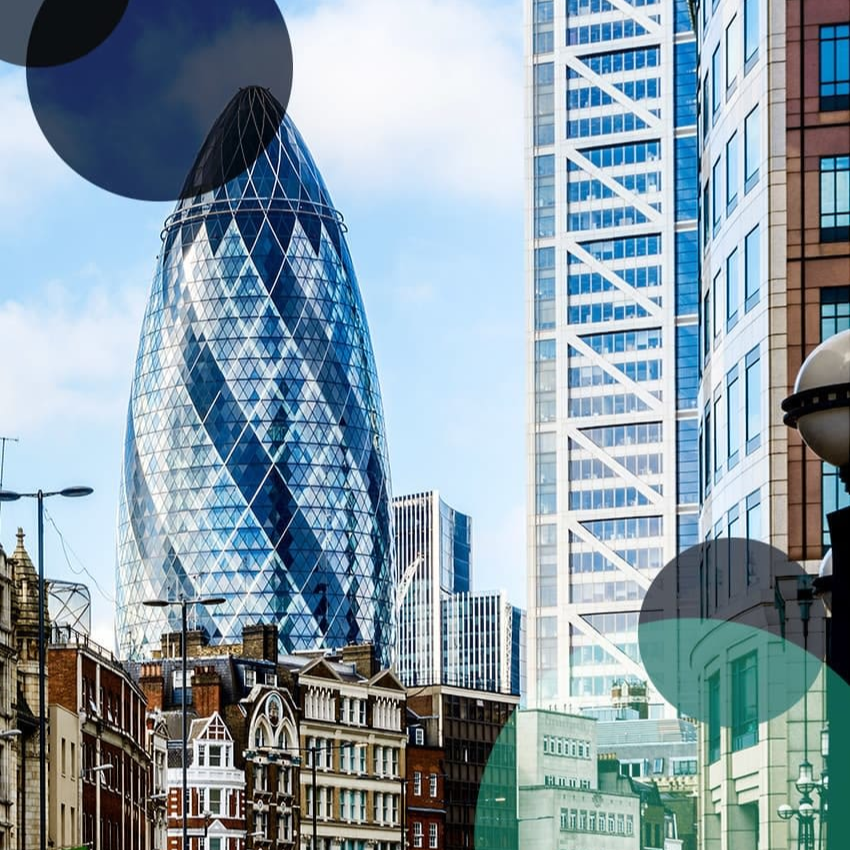
The economic benefits
What are the macroeconomic impacts of shifting to a new economic model?
The circular economy has been gaining traction with business and government leaders alike. Their imagination is captured by the opportunity to gradually decouple economic growth from virgin resource inputs, encourage innovation, increase growth, and create more robust employment. If we transition to a circular economy, the impact will be felt across society.
Economic benefits in detail
Economic growth
Economic growth, as defined by GDP, would be achieved mainly through a combination of increased revenues from emerging circular activities, and lower cost of production through the more productive utilisation of inputs. These changes in input and output of economic production activities affect economy-wide supply, demand, and prices. Its effects ripple through all sectors of the economy adding to overall economic growth.
Material cost savings
Based on detailed product-level modelling, it is estimated that, in the sectors of complex medium-lived products (such as mobile phones and washing machines) in the EU, the annual net-material cost savings opportunity amounts to up to USD 630 billion. For fast moving consumer goods (such as household cleaning products), there is a material cost-saving potential of up to USD 700 billion globally.
Job creation potential
The largest comparative study to date of the employment impacts of a circular economy transition points to “positive employment effects occurring in the case that the circular economy is implemented”. This impact on employment is largely due to increased spending fuelled by lower prices; high-quality, labour-intensive recycling activities; and higher skilled jobs in remanufacturing. New jobs will be created across industrial sectors, within small and medium enterprises, through increased innovation and entrepreneurship, and a new service-based economy.
Innovation
The aspiration to replace linear products and systems with circular ones is an enormous creative opportunity. The benefits of a more innovative economy include higher rates of technological development, improved materials, labour, energy efficiency, and more profit opportunities for companies.
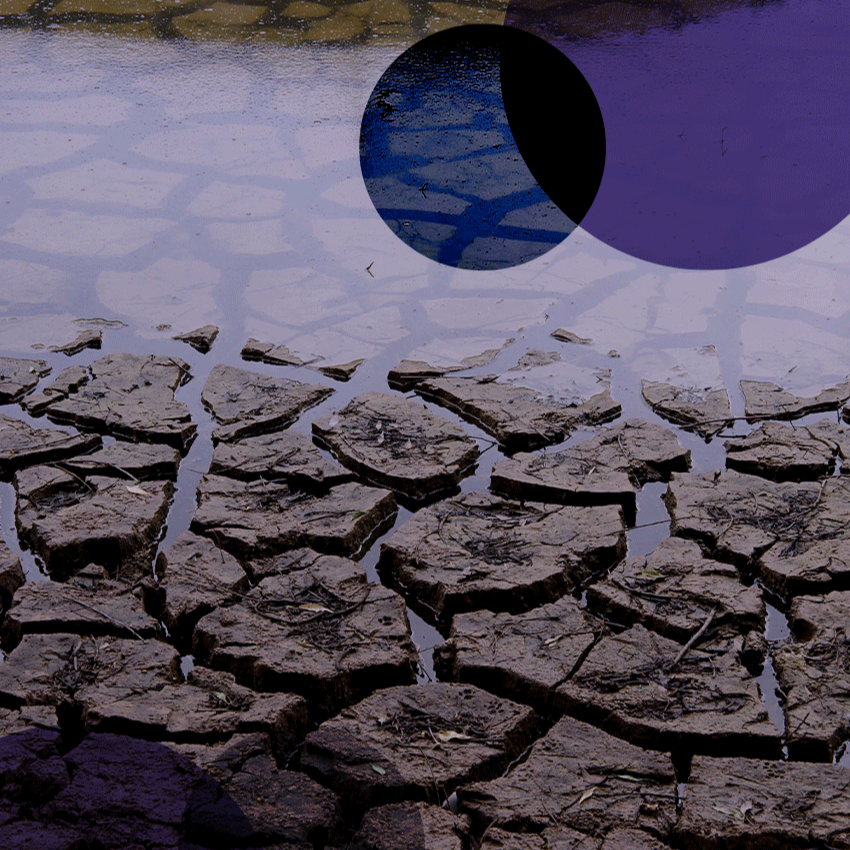
Environmental and system-wide benefits
What impact will shifting to a circular economy have on the environment?
The potential benefits of shifting to a circular economy extend beyond the economy and into the natural environment. By designing out waste and pollution, keeping products and materials in use, and regenerating rather than degrading natural systems, the circular economy represents a powerful contribution to achieving global climate targets.
Environmental and system benefits in detail
Carbon dioxide emissions
For Europe, a circular economy development path could halve carbon dioxide emissions by 2030, relative to today’s levels across mobility, food systems, and the built environment. In addition, sector specific analysis indicates that the UK could reduce greenhouse gas emissions by 7.4 million tonnes per annum by keeping organic waste out of landfills.
Primary material consumption
The circular economy could result in a reduction of primary material consumption (i.e. car and construction materials, real estate land, synthetic fertiliser, pesticides, agricultural water use, fuels, and non-renewable electricity) by 32% by 2030.
Land productivity and soil health
Land degradation costs an estimated USD 40 billion annually worldwide, without taking into account the hidden costs of increased fertiliser use, loss of biodiversity, and unique landscapes. Higher land productivity, less waste in the food value chain, and the return of nutrients to the soil will enhance the value of land and soil as assets. Returning biological material back into the soil will reduce the need for replenishment with additional nutrients. Recovering all of the nitrogen, phosphorus, and potassium from food, animal and human waste streams globally could contribute nearly 2.7 times the nutrients contained within the volumes of chemical fertiliser currently used. This is the circular economy principle of regeneration at work.

The opportunity for companies
How will companies benefit from the circular economy?
Businesses would benefit significantly by shifting their operations in line with the principles of the circular economy. These benefits include the creation of new profit opportunities, reduced costs due to lower virgin-material requirements, and stronger relationships with customers. The sliders below expand on these and more benefits.
Take a look at our business overview.
Opportunity for companies in detail
Profit opportunities
Businesses could lower costs and create new profit streams. Analysis of complex medium-lived products (e.g. mobile phones) and fast-moving consumer goods (e.g. household cleaning products) shows that the circular economy would support the following improvements:
The cost of remanufacturing mobile phones could be reduced by 50% per device
High-end washing machines could be leased instead of sold – customers would save roughly a third per wash, and manufacturers would earn roughly a third more in profits
Reduced volatility and greater security of supply
The shift to a circular economy means using less virgin material and more recycled inputs, reducing a company’s exposure to ever more volatile raw materials prices and increasing resilience. The threat of supply chains being disrupted by natural disasters or geopolitical imbalances is reduced because decentralised operators provide alternative materials sources.
New demand for business services
A circular economy would create demand for new business services, such as:
Collection and reverse logisticsreverse logisticsSupply chains dedicated to the reverse flow of products and materials for the purpose of maintenance, repair, reuse, refurbishment, remanufacture, recycling, or regenerating natural systems. companies that support end-of-use products being reintroduced into the system
Product remarketers and sales platforms that facilitate longer use or higher utilisation of products
Parts and component remanufacturing, and product refurbishment offering specialised knowledge and services
Improved customer interaction and loyalty
Circular solutions offer new ways to creatively engage customers. New business models, such as rentals or leasing contracts, establish longer-term relationships, as the number of touch points increases over the lifetime of a product. These business models offer companies the chance to gain unique insights into usage patterns that can lead to a virtuous circle of improved products, better service, and greater customer satisfaction.
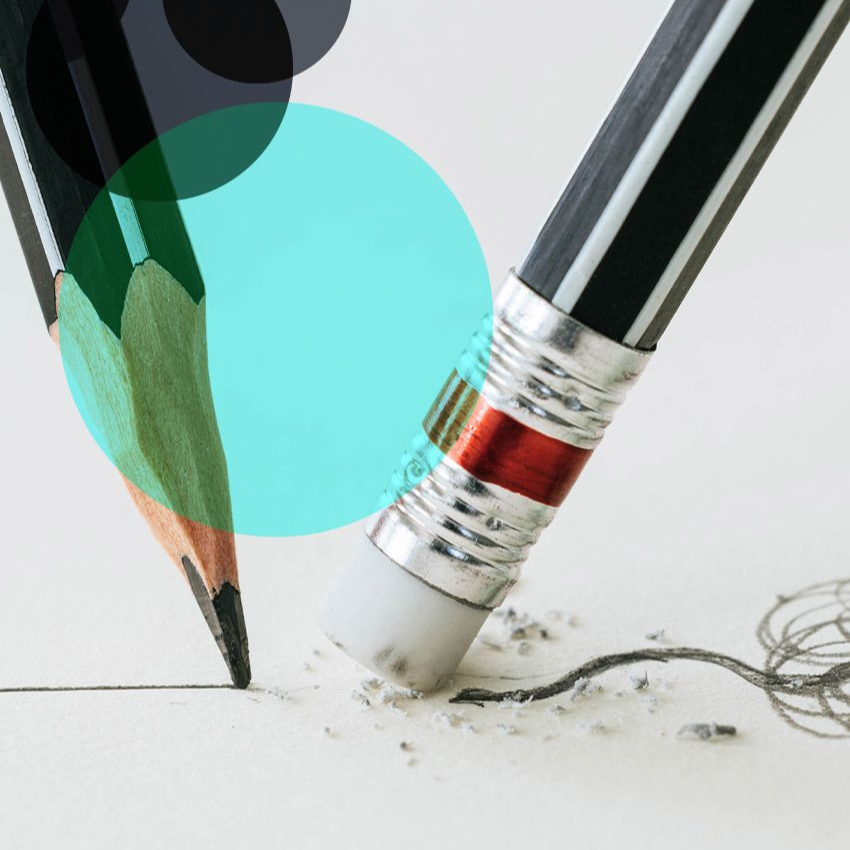
The opportunity for individuals
What does the circular economy mean for individuals?
The circular economy will not only benefit businesses, the environment, and the economy at large, but also the individual. Ranging from increased disposable income to improved living conditions and associated health impacts, the benefits for individuals of a system based on the principles of circularity are significant.
The opportunity for individuals in detail
Increased disposable income
Analysis shows that a circular economy could increase the disposable income of the average European household. The cost of products and services would be reduced and there would be less unproductive time (e.g. time stuck in traffic). The average disposable income for EU households would increase by EUR 3000 by 2030.
Greater utility
The utility, or benefit, felt by customers may be enhanced by the additional choice or quality that circular models provide. Customer choice increases as producers tailor products or services to better meet customer needs.
Reduced obsolescence
For customers, overcoming premature obsolescence (the untimely failure of products) will significantly bring down total ownership costs and deliver higher convenience as they would avoid hassles associated with repairs and returns.
Health
Shifting to a circular food system could lower the healthcare costs associated with pesticide use by USD 550 billion globally. There would also be significant reductions of antimicrobial (an agent that kills microorganisms or stops their growth) resistance, air pollution, water contamination, and foodborne diseases. It is estimated that a circular economy for food, catalysed by cities, could save 290,000 lives otherwise lost to outdoor air pollution per year, by 2050.
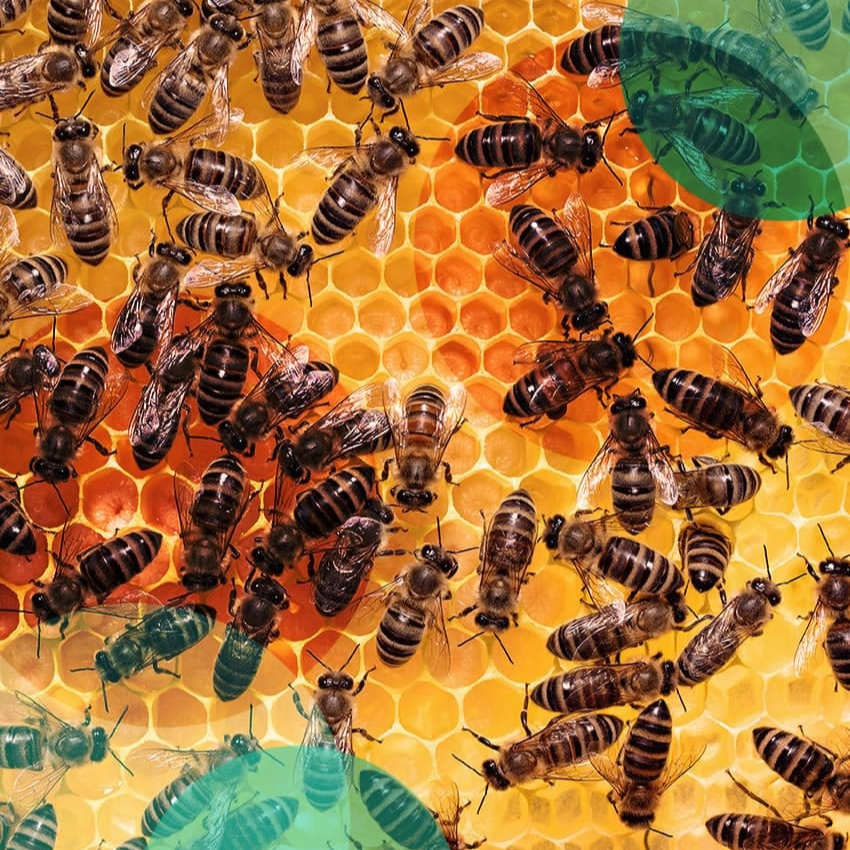
Systems
Shifting from linear to circular requires systemic solutions.
There is no simple fix and no stones can be left unturned in the pursuit of system change. Business models, product and service design, legislation, accounting practices, urban planning, farming practices, materials extraction, manufacturing, and more, all currently have undesirable qualities from a circular perspective. Yet, we cannot change just one element of the existing system and expect the change we need.
Systems change is difficult to achieve and great ideas often don’t come to fruition because of failures in managing the complexities involved. What we should do, though, is learn to understand how complex systems – like an economy – operate, because understanding is the first step towards creating better solutions.
Systems thinking
If we do a poor job of designing systems - by, for example, leaving out key elements - we run the risk of being surprised by system failures. The diagram below is a classic example of a poorly-mapped-out system, yet it is widely used in Economics courses. This ‘circulation of money’ diagram misses out environmental factors, unpaid work, and the commons, all of which are crucial areas of our economy. One might say they are hitched to everything else.
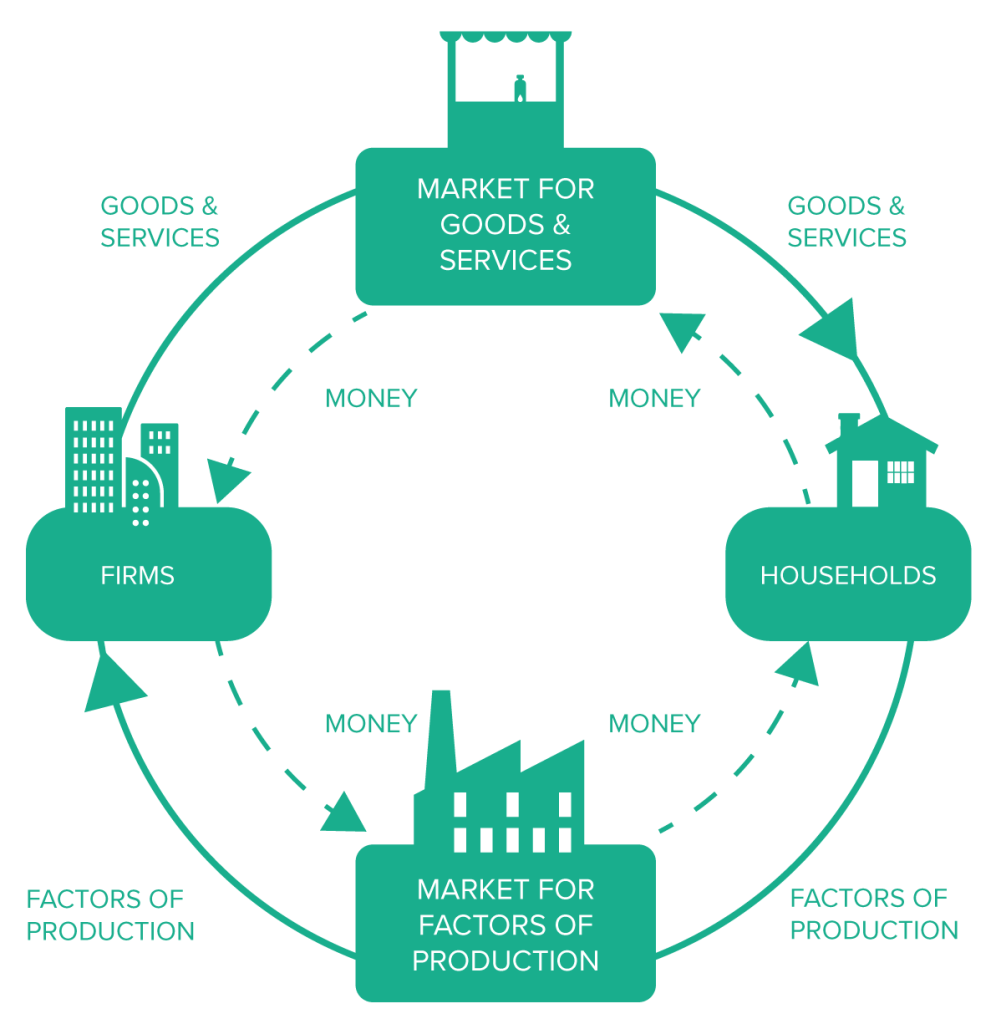
We need to be careful that our way of thinking about the circular economy isn’t found equally wanting. Discussions about the circular economy can often be rather narrow: closed loops, product service systems, business models, and other such practical actions. But a more holistic look at the system reveals other necessary elements, such as the science and philosophy that shapes how we think and act, as well as legislation and infrastructural elements.
Instead, all of this could be characterised as a sandwich, where the tasty filling is the part most are happy to focus upon. Without the other elements there is a real risk that the circular economy becomes ‘business as usual’ with a few tweaks here and there.
For an in-depth look at how systems operate, you might want to check out this great read by Professor Thomas Homer-Dixon.
The origins of the concept
An idea whose time has come.The notion of circularity has deep historical and philosophical origins. The idea of feedback, of cycles in real-world systems, is ancient and has echoes in various schools of philosophy. It enjoyed a revival in industrialised countries after World War II when the advent of computer-based studies of non-linear systems unambiguously revealed the complex, interrelated, and therefore unpredictable nature of the world we live in – more akin to a metabolism than a machine. With current advances, digital technology has the power to support the transition to a circular economy by radically increasing virtualisation, de-materialisation, transparency, and feedback-driven intelligence. The generic concept has been refined and developed by a number of schools of thought that you can read about below.
Schools of thought
Cradle to Cradle
German chemist Michael Braungart and American architect Bill McDonough, developed the Cradle to Cradle™ concept and certification process. This design philosophy considers all material involved in industrial and commercial processes to be nutrients, of which there are two main categories: technical and biological. The Cradle to Cradle framework focuses on design for effectiveness in terms of producing products with positive impact.

Cradle to Cradle’s three principles
Cradle to Cradle design takes inspiration from natural systems, where there is no concept of waste: everything is a resource for something else. Biological nutrients should be safely returned to the soil, while technical nutrients should be used again and again at high quality.
The second principle is to use clean and renewable energyrenewable energyEnergy derived from resources that are not depleted on timescales relevant to the economy, i.e. not geological timescales.. The argument goes that natural systems thrive on current solar income and human systems could too. Renewable energy is clean (at the point of use), low-cost to operate, creates no emissions in use, and utilises abundant resources.
Finally, celebrate diversity: diversity builds resilience in natural systems, and can do so in human systems, too. Equally, no two places are the same: a diverse approach is often necessary to overcome the challenges and meet the opportunities offered by different geographies.
The Performance Economy
In his 1976 research report to the European Commission, Walter Stahel, architect and economist, sketched a vision of an economy in loops (or circular economy), The Potential for Substituting Manpower for Energy, co-authored with Genevieve Reday. The vision looked at its impact on job creation, economic competitiveness, resource savings, and waste prevention.
Credited with having coined the expression “Cradle to Cradle” in the late 1970s, Stahel worked at developing a ‘closed loop’ approach to production processes and created the Product Life Institute in Geneva more than 25 years ago. It pursues four main goals: product-life extension, long-life goods, reconditioning activities, and waste prevention. It also insists on the importance of selling services rather than products, an idea referred to as the ‘functional service economy’, now more widely absorbed into the notion of ‘performance economy’. Stahel argues that the circular economy should be considered a framework: as a generic notion, the circular economy draws on several more specific approaches that gravitate around a set of basic principles.
Read more about Walter Stahel’s thinking in his book: The Circular Economy – A User’s Guide.
Biomimicry
“Innovation inspired by nature” - Janine Benyus
The idea at the core of Biomimicry is that life has already solved most of the problems we are currently grappling with. To give some obvious examples: birds can fly with no need for fossil fuels, barnacles can adhere to underwater surfaces and have a tremendous ability to stay attached, insects outweigh humans yet cause no pollution or waste, leaves soak up sunlight and manage to efficiently and effectively transport water and nutrients through a dense network.
Biomimicry holds that we can find solutions to human challenges by emulating nature’s patterns and strategies.
Janine Benyus, author of Biomimicry: Innovation Inspired by Nature, defines her approach as “a new discipline that studies nature’s best ideas and then imitates these designs and processes to solve human problems”.
Visit the Biomimicry Institute to learn more about biomimicry.
Industrial Ecology
The study of material and energy flows through industrial systems.
Focusing on connections between operators within the ‘industrial ecosystem’, this approach aims at creating closed-loop processes in which waste serves as an input, thus eliminating undesirable by-products. Industrial ecology adopts a systemic point of view, designing production processes so they perform as close to living systems as possible. This is achieved by considering local ecological constraints and looking at global impact of processes from the outset.
This framework is sometimes referred to as the ‘science of sustainability’, given its interdisciplinary nature. The principles of industrial ecology can also be applied in the services sector. With an emphasis on natural capital restoration, industrial ecology also focuses on social wellbeing.
Regenerative Design
In the US, John T. Lyle started developing ideas on regenerative design that could be applied to all systems, i.e., beyond agriculture, for which the concept of regeneration had already been formulated.
Arguably, he laid the foundations of the circular economy framework, which developed and gained notoriety thanks to McDonough (who had studied with Lyle), Braungart and Stahel. Today, the Lyle Center for Regenerative Studies offers courses on the subject.
Blue Economy
Initiated by former Ecover CEO and Belgian businessman Gunter Pauli, the Blue Economy is an open-source movement bringing together concrete case studies, initially compiled in an eponymous report handed over to the Club of Rome.
As the official manifesto states, "using the resources available in cascading systems, (…) the waste of one product becomes the input to create a new cash flow". Based on 21 founding principles, the Blue Economy insists on solutions being determined by their local environment and physical/ecological characteristics, putting the emphasis on gravity as the primary source of energy. The report, which doubles up as the movement’s manifesto, describes "100 innovations that can create 100 million jobs within the next 10 years", and provides many examples of winning South-South collaborative projects— another original feature of this approach intent on promoting its hands-on focus.
Why now?
Moving from vision to reality.
Our economy is currently locked into a system which favours the linear model of production and consumption. However, this lock-in is weakening under the pressure of several powerful disruptive trends. We must take advantage of this favourable alignment of economic, technological, and social factors in order to accelerate the transition to a circular economy. Circularity is making inroads into the linear economylinear economyAn economy in which finite resources are extracted to make products that are used - generally not to their full potential - and then thrown away ('take-make-waste'). and has moved beyond the proof of concept; the challenge we face now is to mainstream the circular economy, and bring it to scale.
-----------------------
Funded by Eric and Wendy Schmidt Fund for Strategic Innovation
